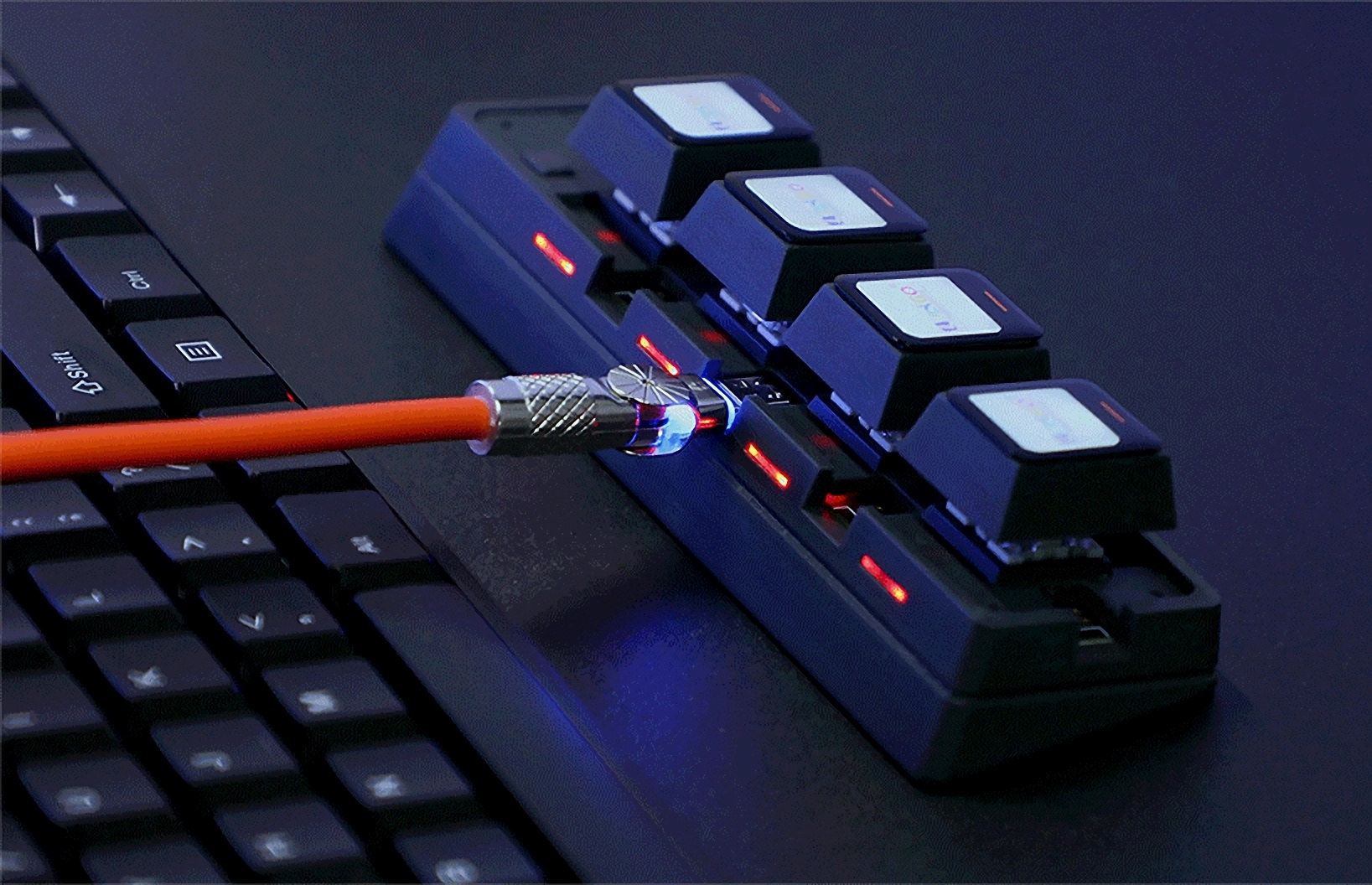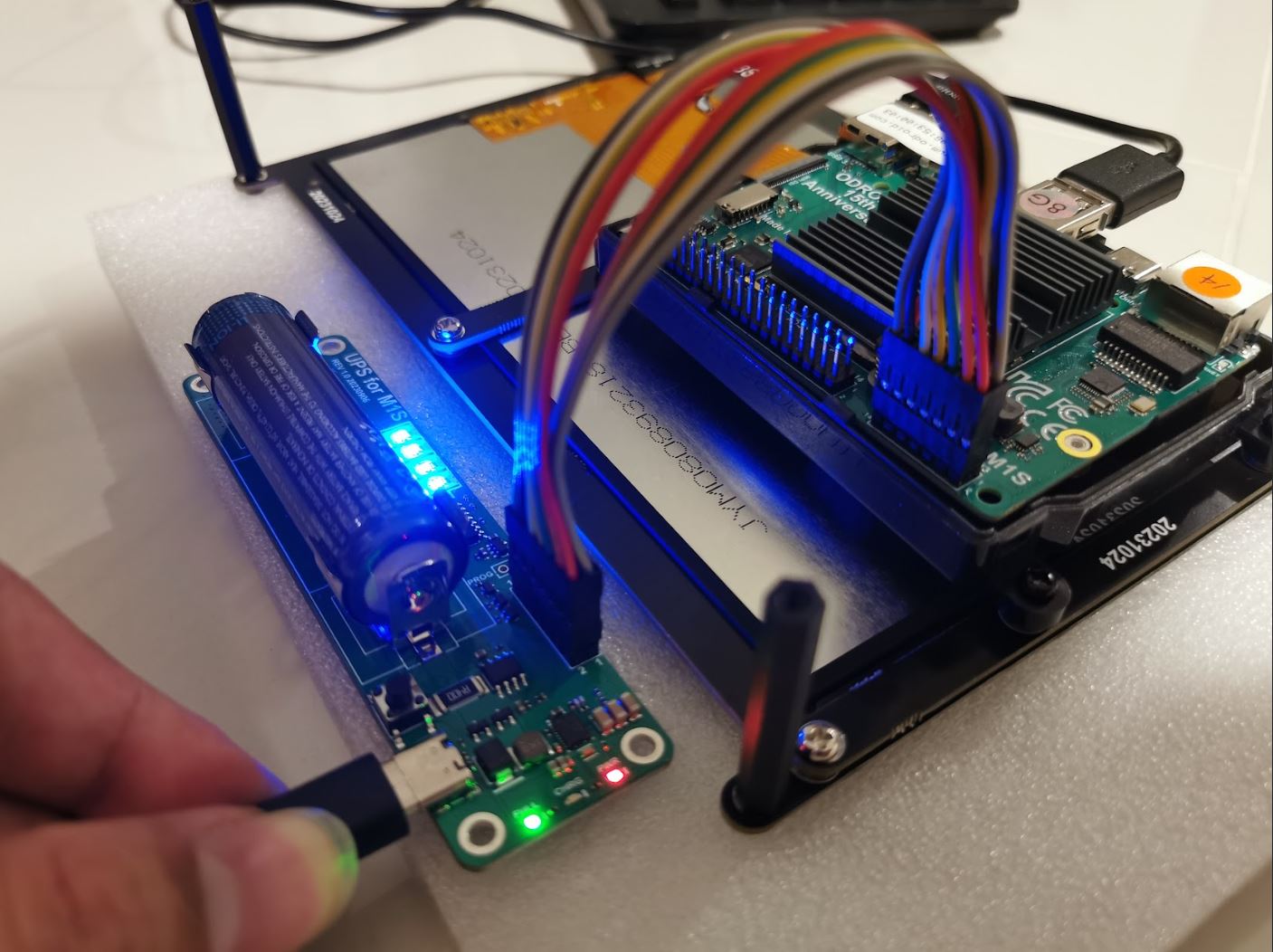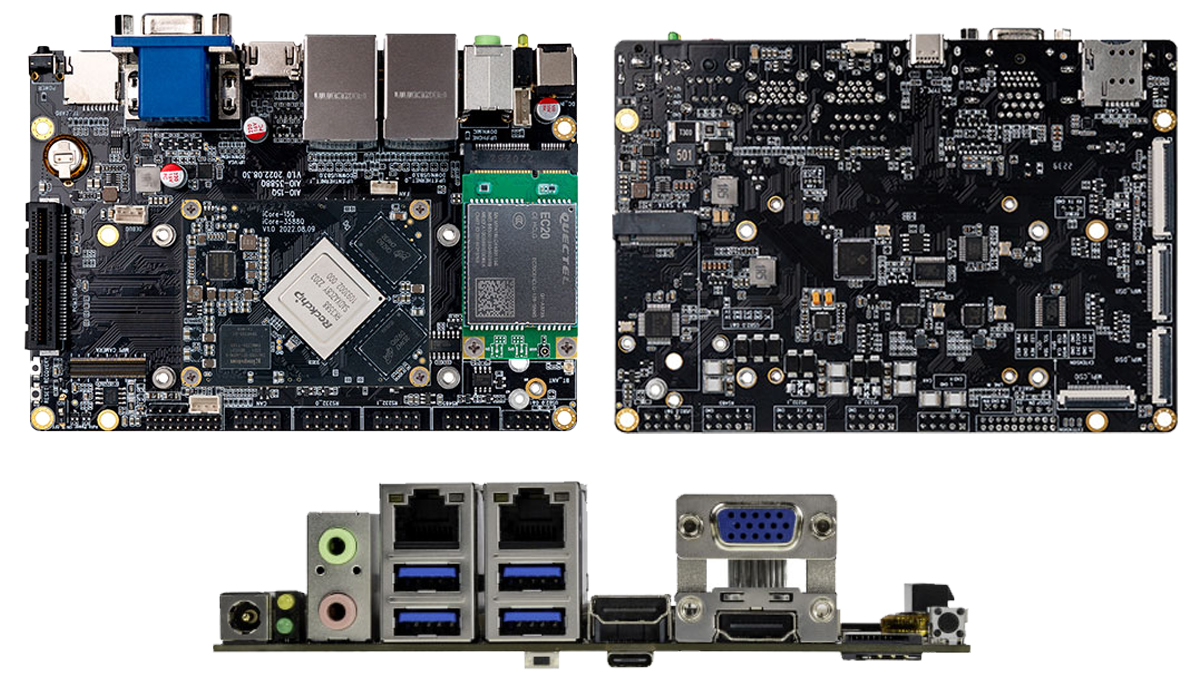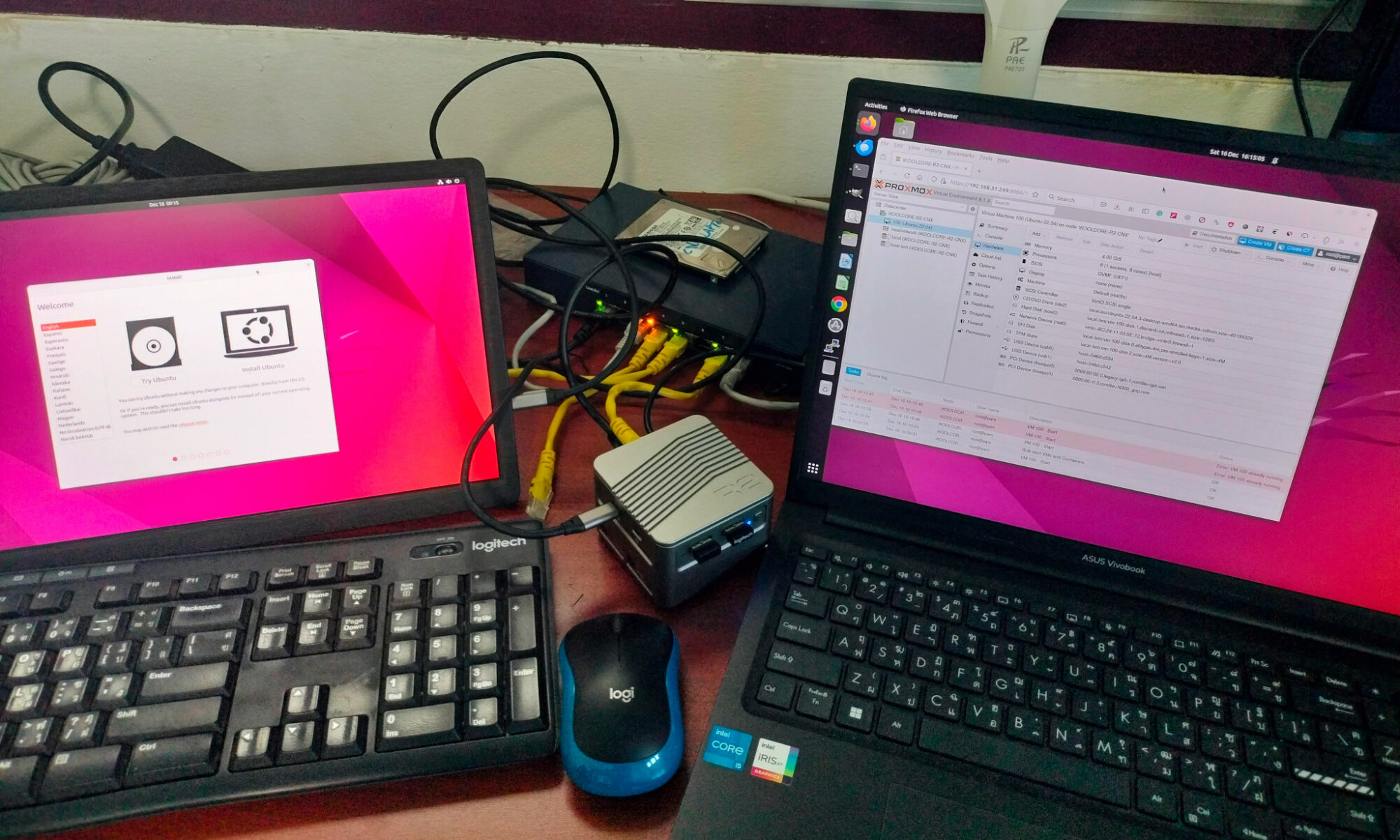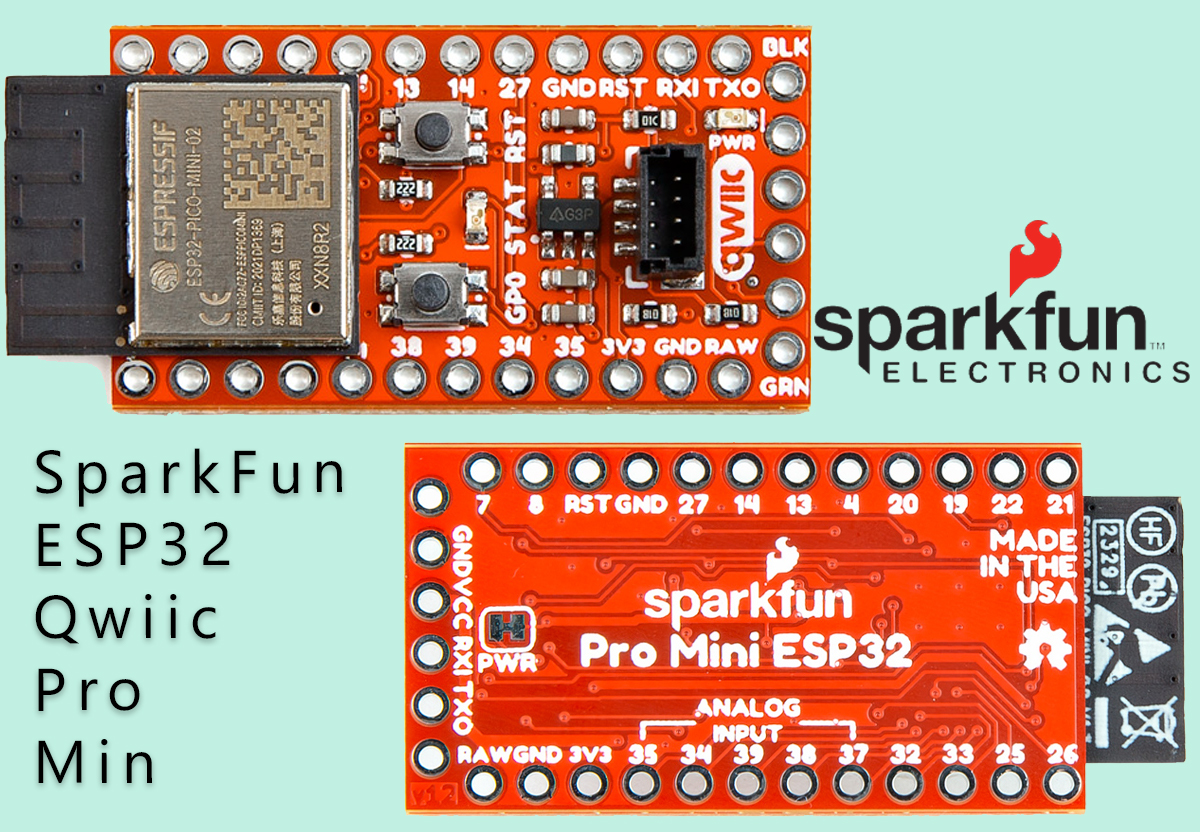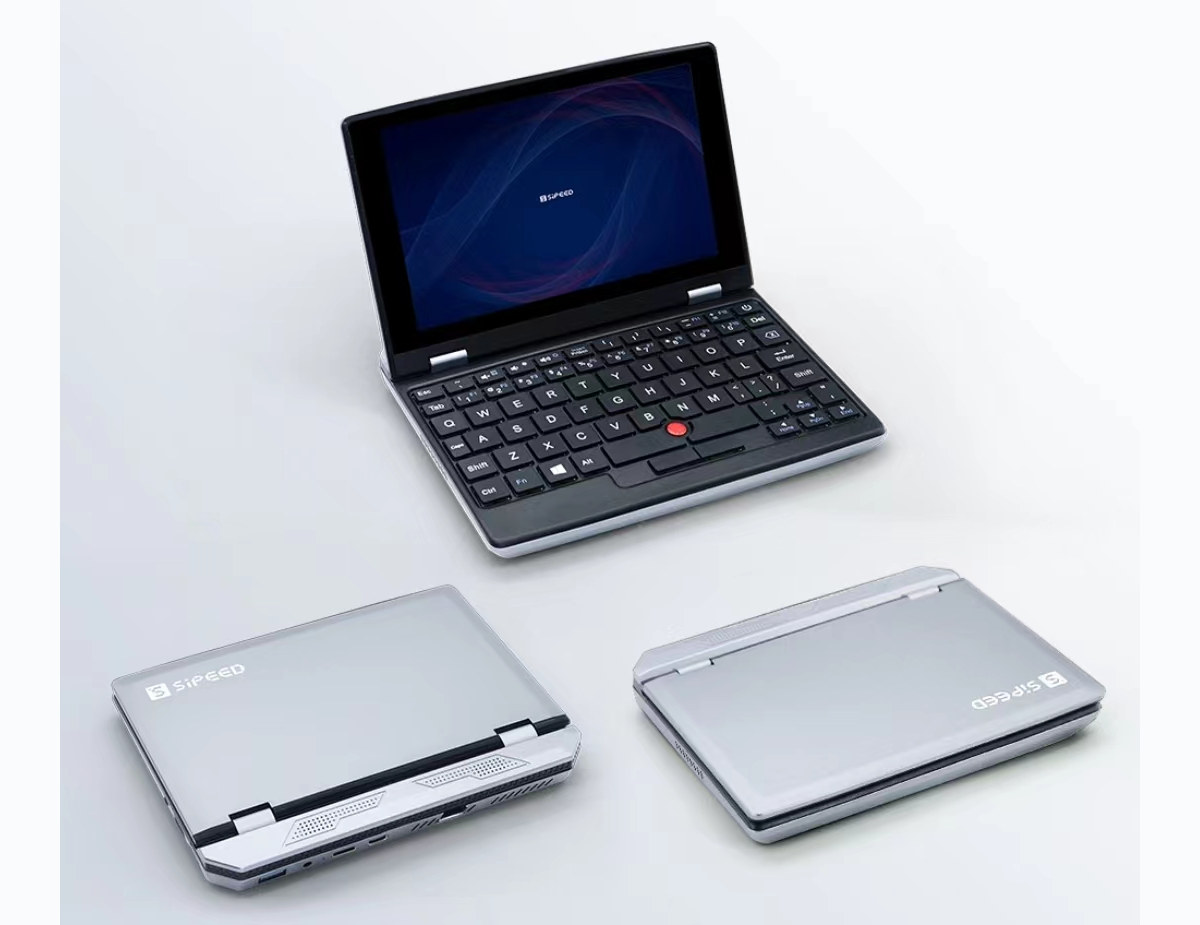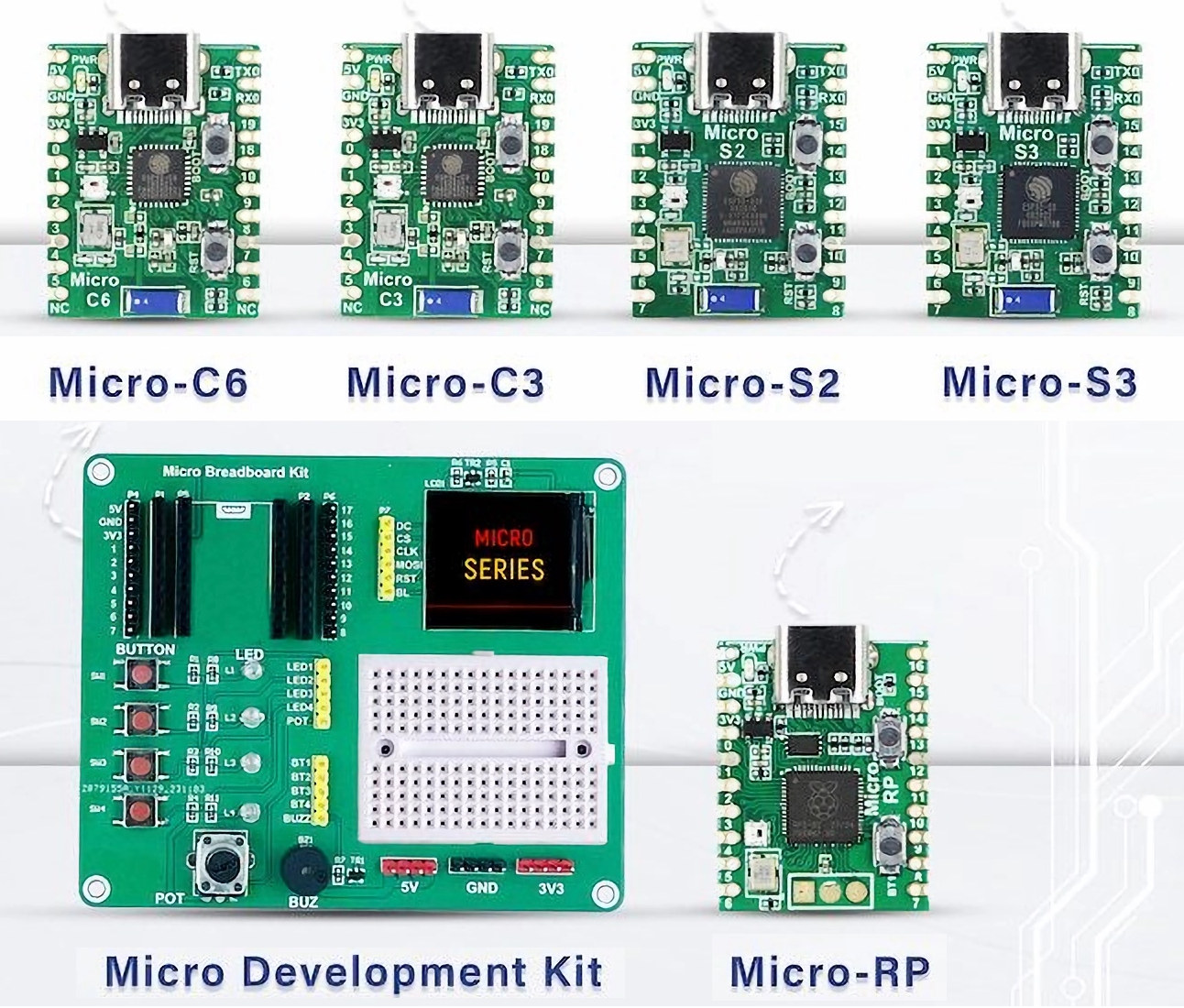T-Keyboard-S3 4-key USB mechanical keyboard features keycaps with 0.85-inch color display
LILYGO T-Keyboard-S3 is an ESP32-S3 powered USB mechanical keyboard with four keys each equipped with a keycap featuring a 0.85-inch 128×128 color display to show different icons or characters. We have already covered several programmable small mechanical keyboards/keypads or macropads, so the first time I saw the T-Keyboard-S3 I did not think much of it until I read the $65 price tag on Aliexpress which I found excessive for this type of device. That’s only until I realized that each resin keycap has its own color display that the price made sense, and it makes quite a versatile macropad as you could easily program multiple layouts depending on the use case. T-Keyboard-S3 specifications: Wireless module ESP32-S3-WROOM-1 MCU – ESP32-S3R8 dual-core LX7 microprocessor @ up to 240 MHz with Vector extension for machine learning Memory – 8MB PSRAM Storage – 16MB SPI flash Connectivity – WiFi 4 and Bluetooth 5 with LE/Mesh […]


